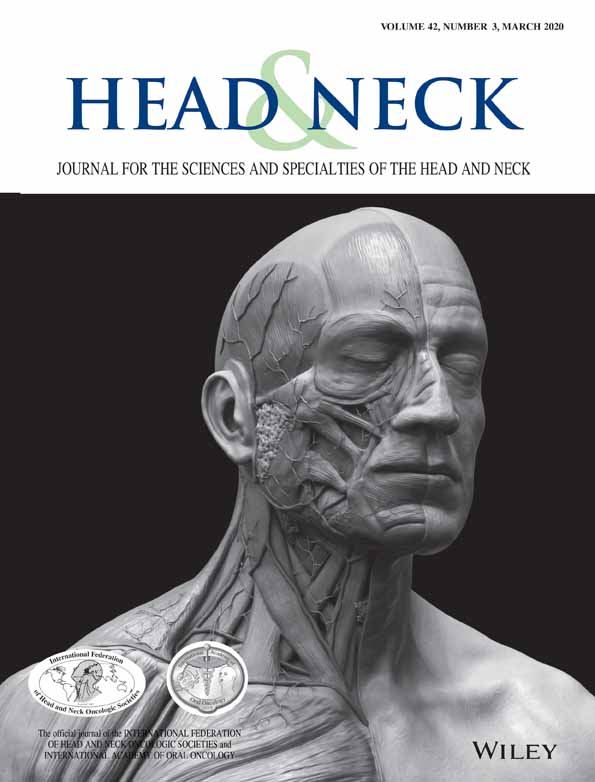Management of orbital complications in palatomaxillary reconstruction: A review of preemptive and corrective measures
Correction added on 27 December 2019, after first online publication: Fred M. Baik and Ebrahim Elahi's author affiliations have been updated. Author affiliation 3 has been added, and author affiliation 4 has been renumbered.
Abstract
Background
Reconstruction of orbit-sparing palatomaxillary defects requires consideration of globe dystopia, orbital volume, eyelid position and function, and the nasolacrimal system to preserve and optimize vision, globe protection, and appearance. We describe the fundamentals of orbital and eyelid anatomy, common orbital complications related to palatomaxillary reconstruction, and preemptive and corrective surgical techniques to be utilized during and after globe-sparing palatomaxillary reconstruction.
Methods
We present a review of the literature supplemented by clinical case examples.
Results
We advocate for the use of preemptive and corrective techniques to ensure optimal aesthetic and functional outcomes for patients with orbital defects.
Conclusions
Recognition and anticipation of problems in patients undergoing midface ablative and reconstructive procedures are vital to the implementation of corrective measures. Incision choice, orbital volume restoration, appropriate orbital floor reconstruction, and permanent or temporary lower eyelid suspension during the primary surgery can all significantly impact the development of long-term orbital complications.




